Budapest’s Jewish Quarter offers a solemn glimpse into the harsh realities faced by the Jewish community during the Holocaust and the resilience of its people.
Hungarian Jews began settling in Budapest’s Jewish Quarter in the late 18th century. This was a period of great economic growth in the city, which in turn presented opportunities for the Jewish community to prosper. Thanks to these opportunities, the number of Jews in Budapest continued to increase throughout the 19th century, and by the start of the 1900s, over 200,000 Jews lived in Budapest, accounting for about 23% of the population.
Then came the unfortunate turn of events associated with World War II. In the winter of 1944, German and Hungarian Nazis turned the Jewish Quarter into a ghetto. It was here that Jews who were not deported to concentration camps faced starvation and other hardships. Soviet armies liberated the residents of the ghetto in January of 1945.

After World War II, the number of Jews living in the Jewish Quarter declined, and the area fell into disrepair. For the past two to three decades, Hungarians have worked hard to revitalize this district, and today, the Jewish Quarter is a vibrant area full of cafes, stores, courtyards, and famous ruin bars, the most famous of which is the Szimpla Kert.
Visiting the Jewish Quarter
One of the reasons I travel abroad is to learn about other cultures and religions, which is why I took the time to visit Budapest’s Jewish Quarter during my extra day in the city. I was initially going to explore the area without a guide, but through the Dohány Synagogue’s website, I discovered a tour that sounded really interesting. The tour, offered by Hidden Treasure Tours, encompassed the Dohaney Synagogue, the Rumbach Synagogue, the Tree of Life Holocaust Memorial, a Holocaust Cemetery, a stop at the Carl Lutz Memorial, and a walk through the former Budapest ghetto.
I am thankful that I took the time to visit Budapest’s Jewish Quarter, as it truly was a profound experience. The Tree of Life memorial is extremely poignant and really exemplifies the catastrophic loss of life as a result of the Holocaust. The same goes for the Holocaust Cemetery. And walking through the streets of the former Ghetto provided a glimpse into the hardships faced by Jews during the persecution of the Nazis.
I highly recommend that travelers to Budapest take the time to visit the Jewish Quarter, at least to stop by the Dohány Synagogue, where one can find the Holocaust Cemetery and the Tree of Life.
In the section below, I provide information on some of the sites I visited and feedback on the tour.

Visitors need a ticket to enter the Dohány Street Synagogue, which also includes admission to the Hungarian Jewish Museum, Holocaust Cemetery, Raoul Wallenberg Memorial Park, and a few other sites.
Dohány Synagogue
The Dohány Street Synagogue is the largest synagogue in Europe and the world’s second-largest, measuring 1200 square meters. Built in the mid-1800s in a Moorish Revival and Romantic style, the Dohány Street Synagogue has a capacity for 3000 people. The Moorish influence is noticeable in the exterior’s color scheme, decorative motifs, and architectural elements. Interestingly, the interior features components that are characteristic of Christian churches and not usually found in synagogues.
Today, the Dohány Street Synagogue hosts cultural programs alongside traditional Jewish services.
Tree of Life Holocaust Memorial
Located in the Raoul Wallenberg Memorial Garden next to the Dohány Street Synagogue, this memorial is a tribute to the hundreds of thousands of Jews murdered during World War II. Designed by Imre Varga in the shape of an upside-down menorah, the leaves of this tree are engraved with the names of those who lost their life. Late American actor Tony Curtis contributed to the funding of the sculpture in memory of his father, Emanuel Schwartz, who was a Hungarian Jew.
In front of the memorial, there are black pillars with two spaces that symbolize the tablets God gave Moses.
Holocaust Cemetery
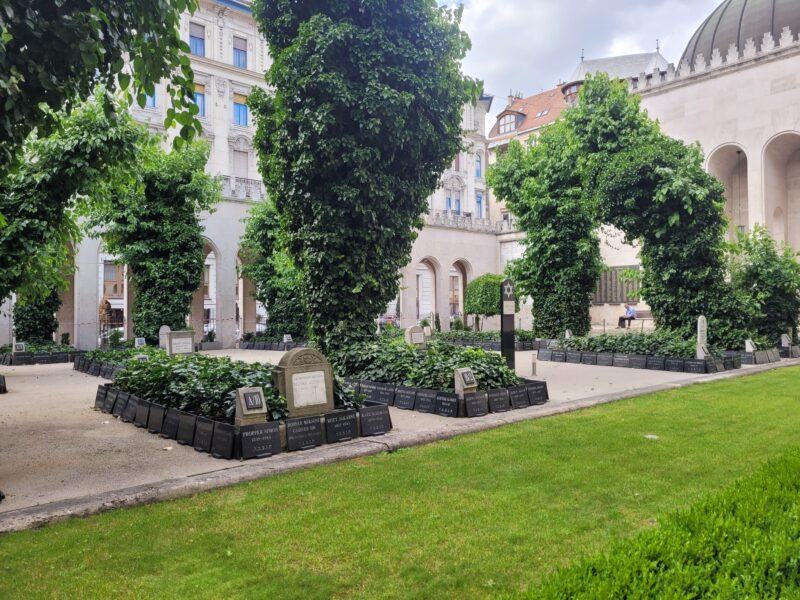
Traditionally, in Jewish customs, cemeteries are not located next to synagogues. However, when the Soviet army liberated the Ghetto, there were thousands of bodies lying in the streets needing a proper burial. The Holocaust Cemetery is home to 24 mass graves containing the remains of over 2,000 Hungarian Jews who perished while living in the Ghetto.
A plaque by the cemetery lists the names of 1140 victims. The plaque also acknowledges the 1170 souls buried whose names are unknown.
Carl Lutz Memorial
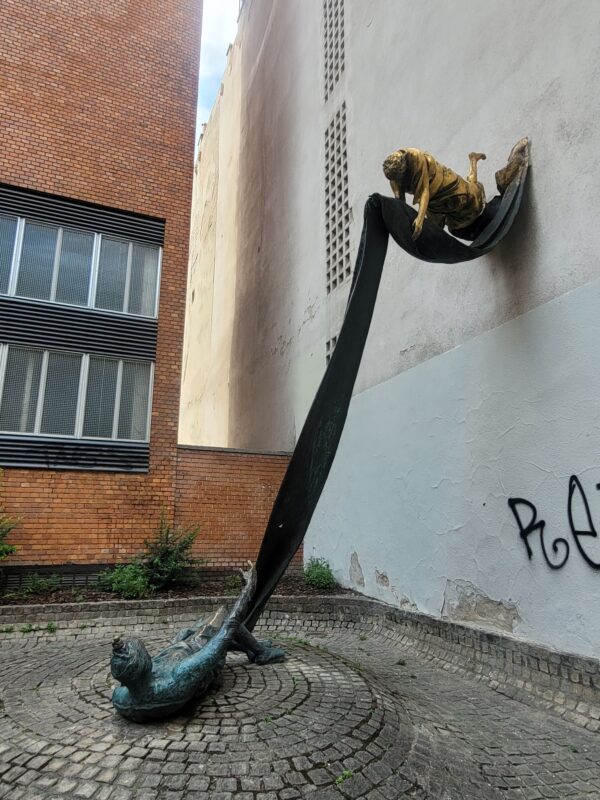
This memorial is a tribute to Carl Lutz, a Swiss diplomat who is credited with saving the lives of more than 60,000 Hungarian Jews during the Holocaust. Lutz worked at the Swiss Embassy in Budapest, and through his role as a diplomat, he provided Jews with documents and access to safe houses, protecting them from the Nazis.
The monument depicts Lutz as an angel reaching out to a fallen victim. The caption reads, “Whoever saves a life is considered to have saved an entire world.”
Today, Lutz is honored as one of the “Righteous Among the Nations,” and his name is listed on a plaque found in the Raoul Wallenberg Memorial Garden. This plaque also lists the names of others who, at great risk, saved the lives of Hungarian Jews being persecuted by the Nazis.
Rumbach Synagogue
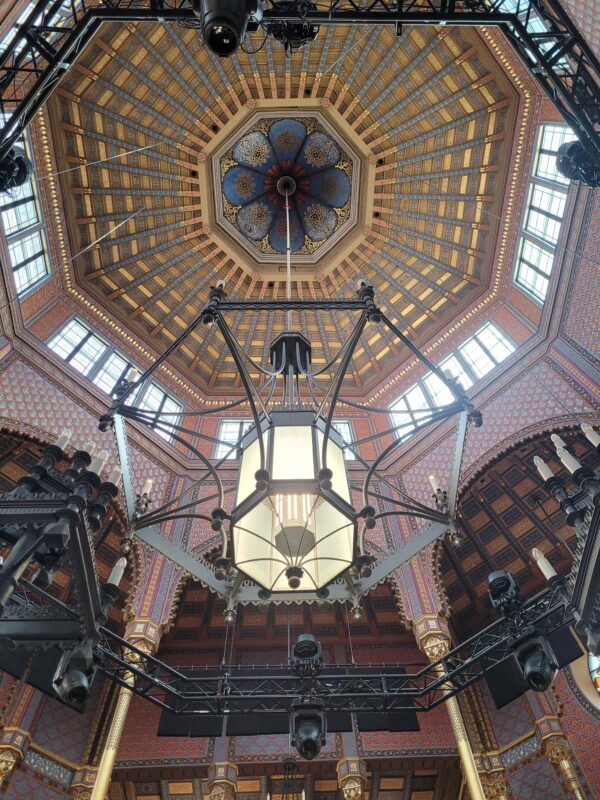
The Rumbach Synagogue was built in the 1870s and designed by Otto Wagner. Similar to the Dohány Street Synagogue, the Rumbach Synagogue was designed in a Moorish Style, and its octagonal structure is a tribute to the octagonal Dome of the Rock in Jerusalem.
In 1941, the Rumbach Synagogue was converted into an internment camp, and then in 1944, the synagogue became part of the Ghetto. The Rumbach Synagogue ceased operations in the 1950s and was later reopened in 2021 after extensive restoration work.
The Rumbach Synagogue hosts concerts and events and also serves as an exhibition space for the Jewish Museum.
Hidden Treasures Tours
I selected the “Dohany Synagogue & Rumbach Synagogue & Jewish District” tour, which costs 45 Euros and is approximately 2 hours. The first half of the tour focuses on the Dohány Street Synagogue, the Holocaust Cemetery, the memorials found in the Raoul Wallenberg Memorial Garden, and the Heroes’ Temple. The second portion includes a walking tour of the former Ghetto and stops at the Carl Lutz Memorial and the Rumbach Synagogue. Overall, the tour was well-organized and very informative. The only downside was that participants were not given some time to walk around the Tree of Life to view the engraved leaves. We only viewed the memorial from a distance.
At first, the tour felt a bit pricey, but it proved to be a worthwhile investment. The tour gave me a deeper understanding of the Holocaust’s impact, both in Hungary and across Europe, and a glimpse of what life was like inside the Jewish Ghetto during World War II. It was truly an invaluable experience.

Note that only guides authorized by the Hungarian Jewish Community are allowed to lead tours of the Dohány Street Synagogue.
Resources
For additional information or to purchase tickets, visit the Dohány Street Synagogue website.
The website for Hidden Treasure Tours provides detailed information on the available tours.
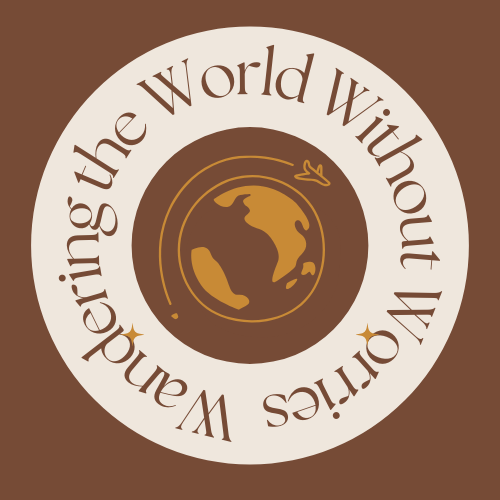
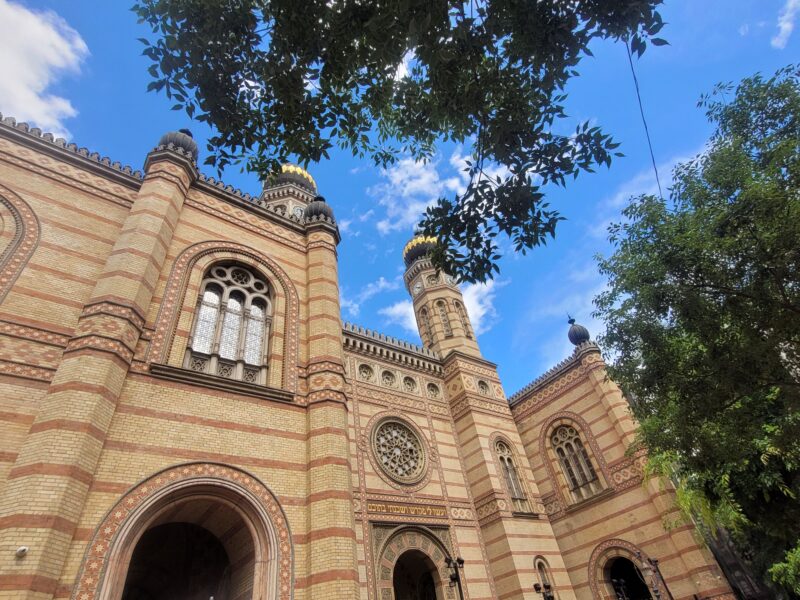
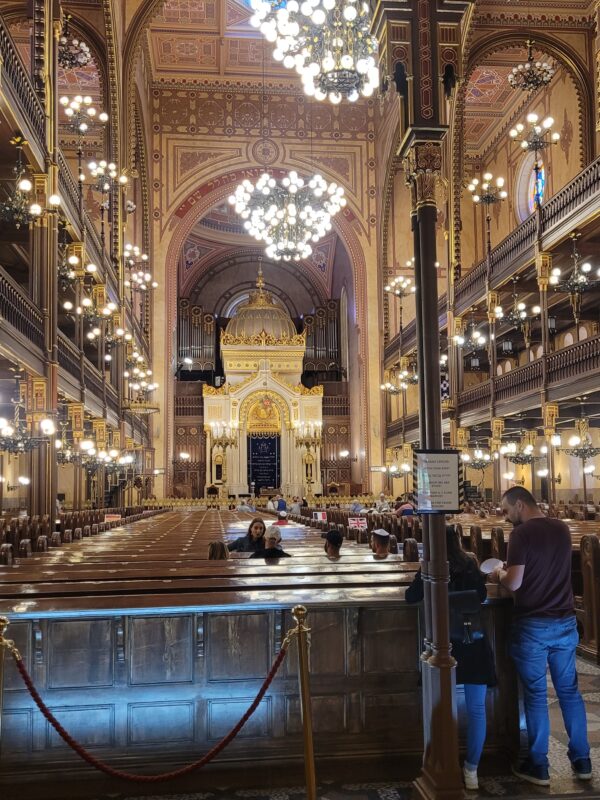
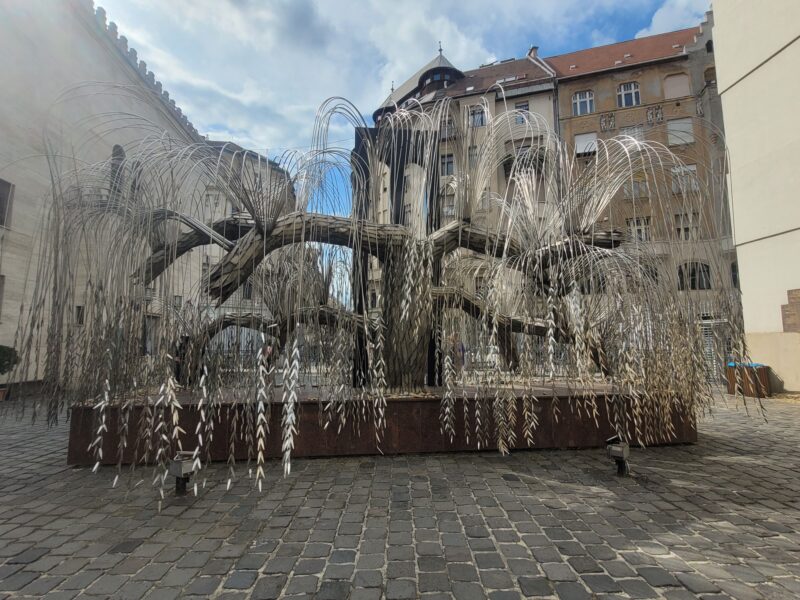
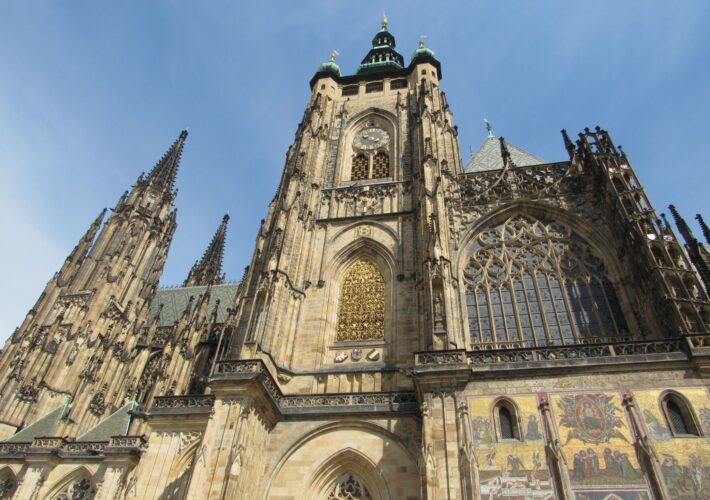
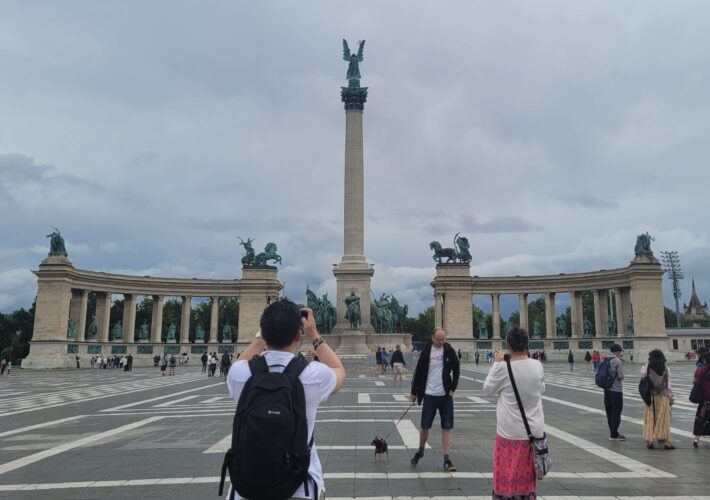

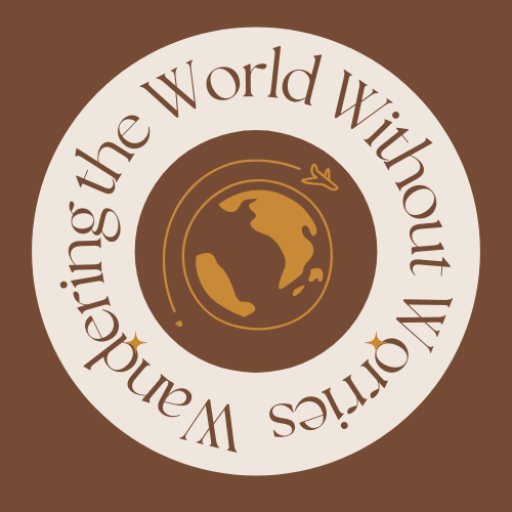

Leave a Comment